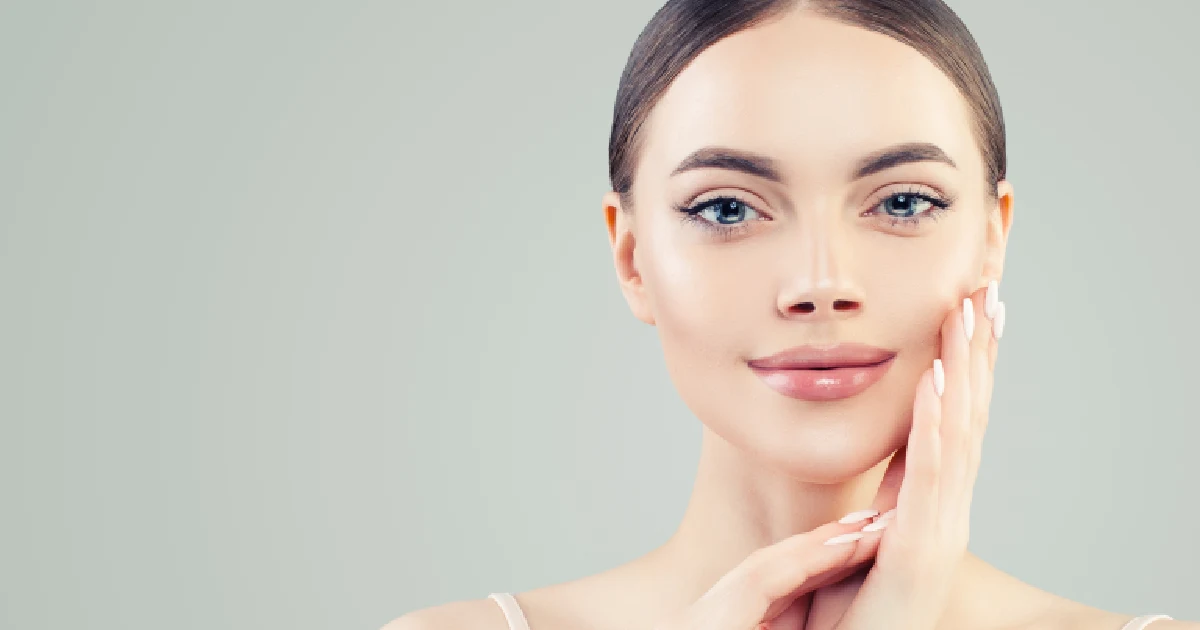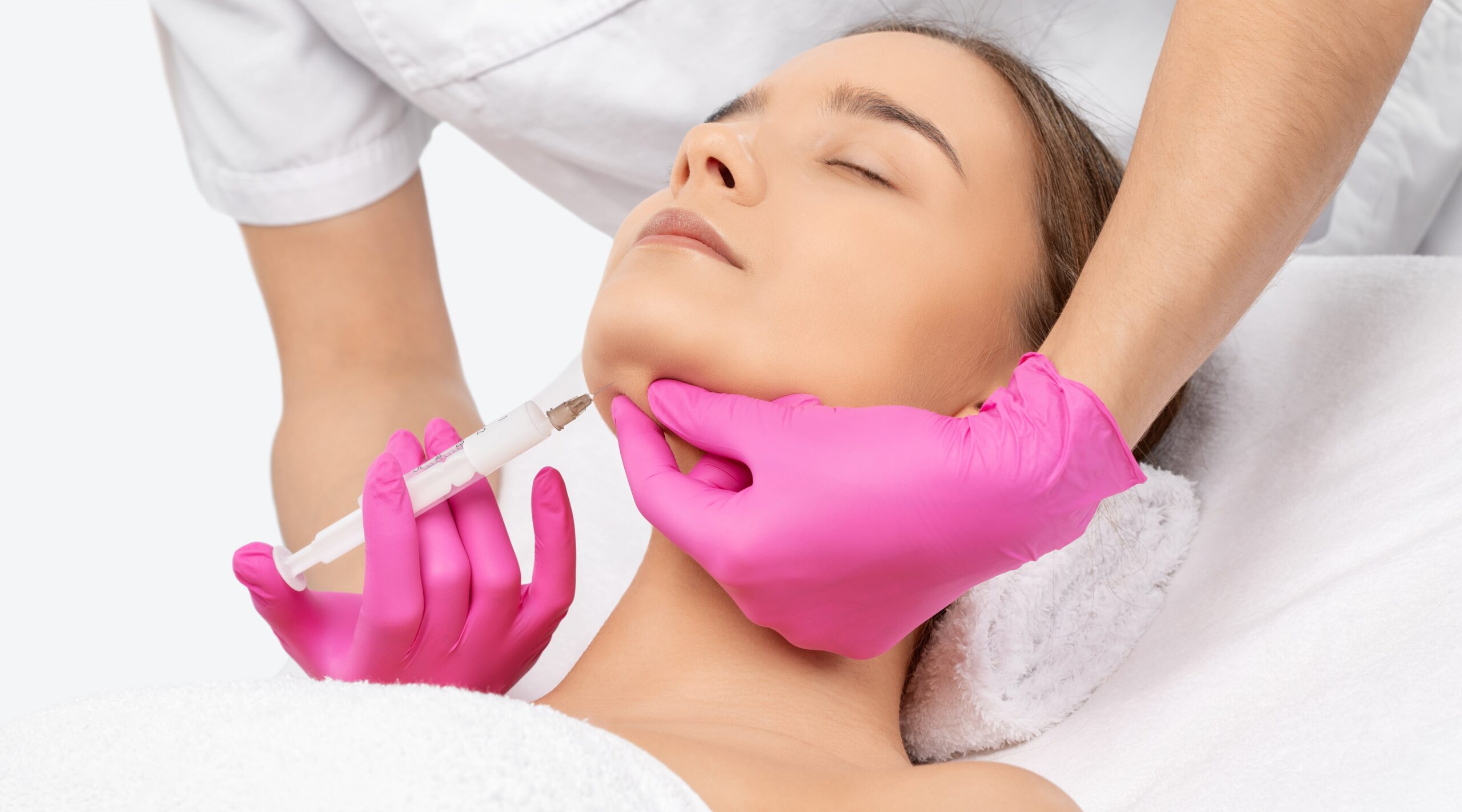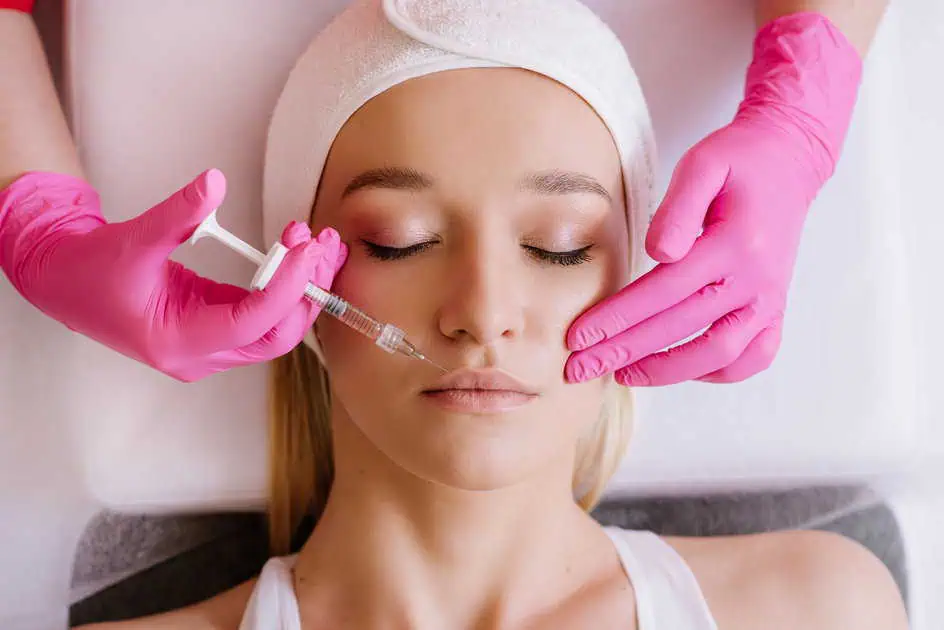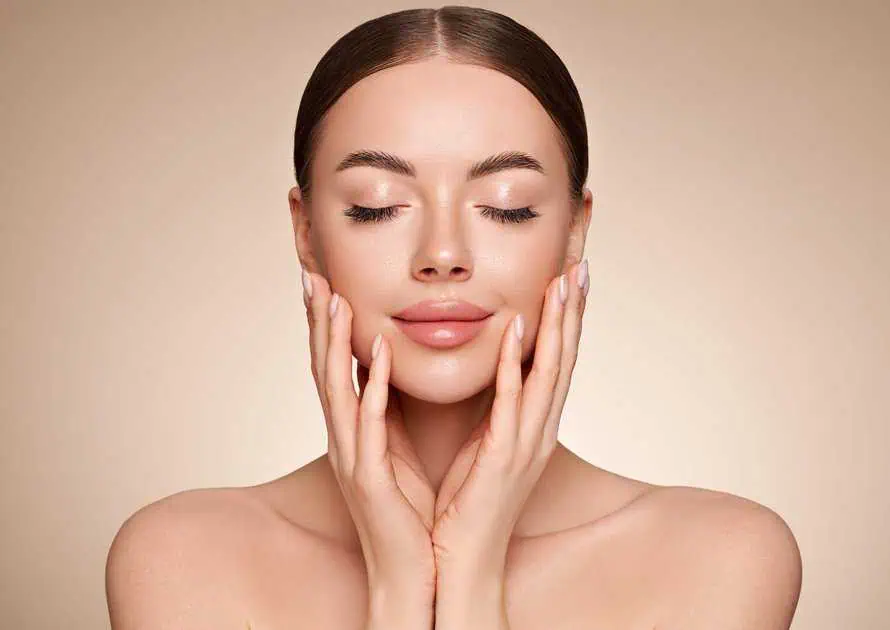Introduction
Are you tired of dealing with stubborn acne-pitted scars that mar the smoothness of your skin and affect your self-confidence? If so, you’re not alone. Acne is a common skin condition affecting millions worldwide, and its aftermath can be frustrating. Even after successfully treating active acne, it can leave behind unsightly indentations and uneven texture, making you self-conscious about your skin. But don’t worry; there is a solution that can help you achieve smoother, more even-toned skin: chemical peels. Chemical peels have become an effective treatment option for various skin concerns, including superficial acne-pitted scars. They work by exfoliating the skin’s outermost layer, promoting cellular turnover, and stimulating collagen production. By removing damaged skin cells and encouraging the growth of new, healthier cells, chemical peels can significantly improve the appearance of acne scars. In this blog post, we will explore the world of chemical peels and the best options specifically targeted for treating superficial acne-pitted scars. By the end of this article, you will have valuable information that will empower you to decide which chemical peel is best suited for your unique skin needs.
Understanding Superficial Acne Pitted Scars
Acne is a common skin condition characterized by the formation of pimples, blackheads, and whiteheads. When acne lesions heal, they can sometimes leave behind scars, especially if they are severe or not properly treated. Superficial acne-pitted scars, also known as atrophic scars, are a type of acne scarring resulting from collagen damage during the healing process.
These scars are small depressions or indentations on the skin’s surface, creating an uneven texture. Unlike deeper atrophic scars, superficial scars primarily affect the uppermost layer of the skin, known as the epidermis. While they may not be as deep or prominent as other types of acne scars, they can still be visible and affect the smoothness and overall appearance of the skin.
Fortunately, non-invasive treatment options are available to improve the appearance of superficial acne-pitted scars. One such option is chemical peels. Chemical peels involve the application of a chemical solution to the skin, which exfoliates the outermost layer and stimulates cellular turnover.
When a chemical peel is applied to the skin, it works by inducing controlled damage to the epidermis and sometimes the upper layers of the dermis. This damage triggers the body’s natural healing response, leading to increased collagen production and the growth of new, healthier skin cells. As the damaged skin peels away, it is replaced with fresher, smoother skin, improving the appearance of superficial acne-pitted scars.
Chemical peels can vary in strength and depth, depending on the peeling agent’s concentration and the individual’s specific needs. Superficial peels, such as AHA and BHA peels, are typically used for treating superficial acne-pitted scars. These milder peels target the upper layers of the skin, which is where superficial scars are located.
By promoting skin cell turnover and collagen synthesis, chemical peels can help reduce the depth of superficial acne scars and improve overall skin texture. However, it’s important to note that chemical peels may not eliminate deep or severe acne scars. In some cases, additional treatments, such as laser resurfacing or microneedling, may be recommended for more significant scar improvement.
Types of Chemical Peels for Superficial Acne Pitted Scars
Alpha Hydroxy Acid (AHA) Peels:
- AHA peels, such as glycolic and lactic acid, are commonly used for superficial acne-pitted scars.
- These peels work by exfoliating the top layer of the skin, encouraging the growth of new, healthier skin cells.
- AHA peels are generally well-tolerated and have minimal downtime, making them suitable for most skin types.
Beta Hydroxy Acid (BHA) Peels:
- With salicylic acid as the primary ingredient, BHA peels are particularly effective for acne-related concerns, including pitted scars.
- Salicylic acid penetrates deep into the pores, exfoliating and unclogging them, thereby reducing the appearance of scars.
- BHA peels are often recommended for individuals with oily and acne-prone skin.
Factors to Consider when Choosing a Chemical Peel
Skin Sensitivity:
- Consider your skin’s sensitivity when selecting a chemical peel.
- AHA peels are generally milder and well-tolerated, while BHA peels may be more suitable for those with less sensitive skin.
Treatment Intensity:
- The intensity of the chemical peel depends on the concentration and pH level of the peel solution.
- Superficial acne pitted scars usually respond well to low to medium-strength peels with minimal downtime.
Professional Guidance:
- It is crucial to consult a skin care professional or dermatologist before undergoing any chemical peel treatment.
- They can assess your skin condition and recommend the most suitable peel based on your needs.
Preparing for a Chemical Peel
Pre-Treatment Consultation:
- Schedule a consultation with a qualified professional to discuss your concerns and goals.
- They will evaluate your skin, medical history, and skincare routine to determine the best approach.
Pre-Peel Skincare:
- Your skincare professional may recommend a pre-peel skincare routine to prepare your skin for the treatment.
- This may involve using specific products or avoiding certain skincare ingredients that can sensitize the skin.
Post-Treatment Care and Recovery
Follow Post-Treatment Instructions:
- After a chemical peel, following the post-treatment instructions provided by your skincare professional is crucial.
- This may include avoiding sun exposure, applying recommended moisturizers, and using sunscreen regularly.
Downtime and Recovery:
- Superficial peels generally have minimal downtime, with mild redness and flaking that typically resolve within a few days.
- However, individual healing time may vary, so it is essential to be patient and gentle with your skin during recovery.
Conclusion:
When addressing superficial acne-pitted scars, chemical peels can be a game-changer by understanding the different types of chemical peels available and considering factors such as skin sensitivity, treatment intensity, and professional guidance. Remember, consulting with a skincare professional or dermatologist for personalized advice is crucial. To embark on your journey towards smoother, scar-free skin, visit La Luz Blessings Inc DBA Luz Medispa at luzmedispa.com, where their experienced team can guide you through the process and help you achieve your desired results.







